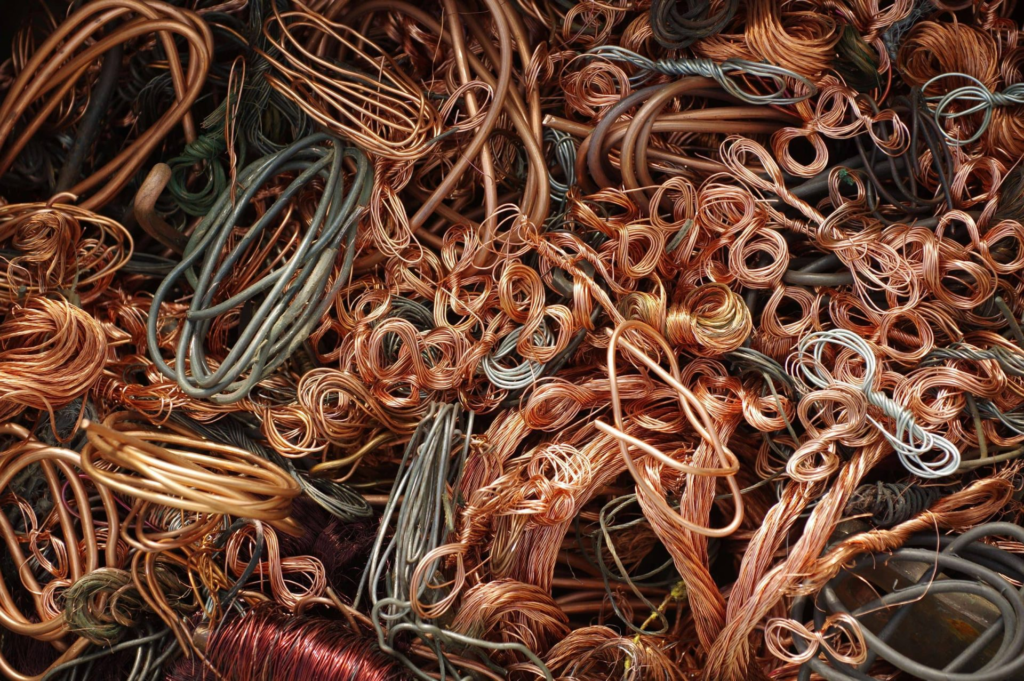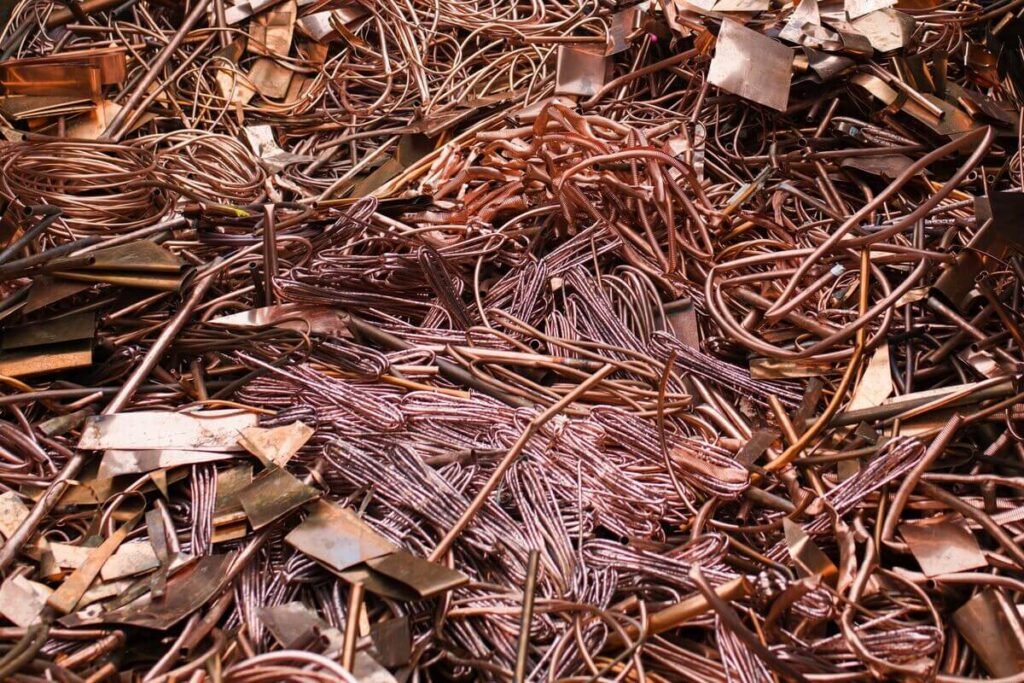The global copper scrap market is gaining rapid momentum, and projections suggest a strong surge in demand between 2025 and 2032. As industries shift toward sustainability, the value of recyclable materials like copper is skyrocketing. This report dives deep into market trends, growth factors, regional analysis, and future predictions to help you understand the evolving dynamics of this essential commodity.
Read more about global metal recycling trends here
Why Copper Scrap Is in High Demand

Copper is a vital metal used in various industries such as construction, automotive, electronics, and renewable energy. Due to increasing environmental awareness and the economic benefits of recycling, copper scrap is becoming a preferred alternative to mining virgin copper. Here’s why:
- Cost-Efficiency: Recycling copper is cheaper than mining new copper
- Environmental Benefits: Recycled copper has a lower carbon footprint
- Industrial Shift: The automotive and energy sectors are relying more on sustainable raw materials
Find more data on copper usage in EV manufacturing
Market Size & Growth Projections: 2025 to 2032
According to industry experts, the global copper scrap market was valued at approximately $65 billion in 2024 and is expected to reach over $95 billion by 2032, growing at a CAGR of 5.2%. This growth is fueled by a combination of global infrastructure projects and the increasing use of recycled metals in manufacturing.
Key market indicators:
- Increased Urbanization: More buildings and infrastructure demand copper wiring and plumbing
- Green Energy Expansion: Solar panels and wind turbines require significant copper
- Electric Vehicle Boom: EVs use up to 4x more copper than traditional cars
Get updated EV and battery materials forecast here
Regional Insights: Who’s Driving the Market?
Asia-Pacific (APAC)
The Asia-Pacific region leads the copper scrap demand, especially countries like China, India, and Japan. China’s “dual circulation” policy and India’s “Atmanirbhar Bharat” are both pushing for self-reliance using recyclable materials.
- China: Import restrictions have increased domestic recycling infrastructure
- India: Rapid construction and government-backed recycling initiatives are boosting demand
North America
The U.S. and Canada are heavily investing in renewable energy and electric vehicle infrastructure. The Biden Administration’s green policies have directly supported the recycling sector.
Explore US recycling policy developments
Europe
With its strict environmental laws, Europe continues to lead in adopting circular economy principles. EU countries are encouraging manufacturers to use 100% recyclable materials, directly impacting copper scrap demand.
Market Segmentation Overview

The copper scrap market is divided by type, application, and end-user industry.
By Type:
- Bare Bright Copper
- No. 1 and No. 2 Copper
- Insulated Copper Wire
- Copper Alloy Scrap
By Application:
- Smelting and Refining
- Foundries
- Electrical and Electronics
- Construction Materials
By End-User:
- Automotive Industry
- Energy & Power
- Telecommunications
- Consumer Goods
Detailed industry segmentation available here
Key Players in the Market
The industry is dominated by a few global players, but new entrants are also shaping the landscape. Some of the top players include:
- Aurubis AG
- Sims Metal Management
- OmniSource Corporation
- Commercial Metals Company
- European Metal Recycling Ltd. (EMR)
These companies are expanding operations and investing in smart recycling technologies like AI-based sorting and automated material recovery systems.
Challenges to Watch
Despite the positive outlook, the copper scrap market faces some challenges:
- Fluctuating Prices: Global economic instability can impact copper rates
- Regulatory Hurdles: Different recycling standards across regions may delay operations
- Supply Chain Issues: Geopolitical tensions and port delays could hinder trade
Future Outlook: Trends That Will Shape 2025–2032
- Smart Recycling Tech: Automation and AI will improve recycling efficiency
- Government Incentives: Policies and subsidies for sustainable practices will boost the sector
- Decentralized Recycling Hubs: Smaller, local recycling facilities will reduce dependency on global logistics
- Blockchain Tracking: Ensures the authenticity and traceability of recycled materials
Learn more about blockchain use in metal recycling
Conclusion: A Future Fueled by Copper Scrap
From smart cities and green vehicles to renewable energy grids, copper plays a vital role in shaping a sustainable future. With rising demand and supportive policies worldwide, the copper scrap market is poised for a massive transformation between 2025 and 2032.
Investors, businesses, and policymakers should closely monitor this space for profitable and environmentally responsible opportunities.
Also Read – Indonesia’s Bold Reset Unlocks U.S. Investment Goldmine






